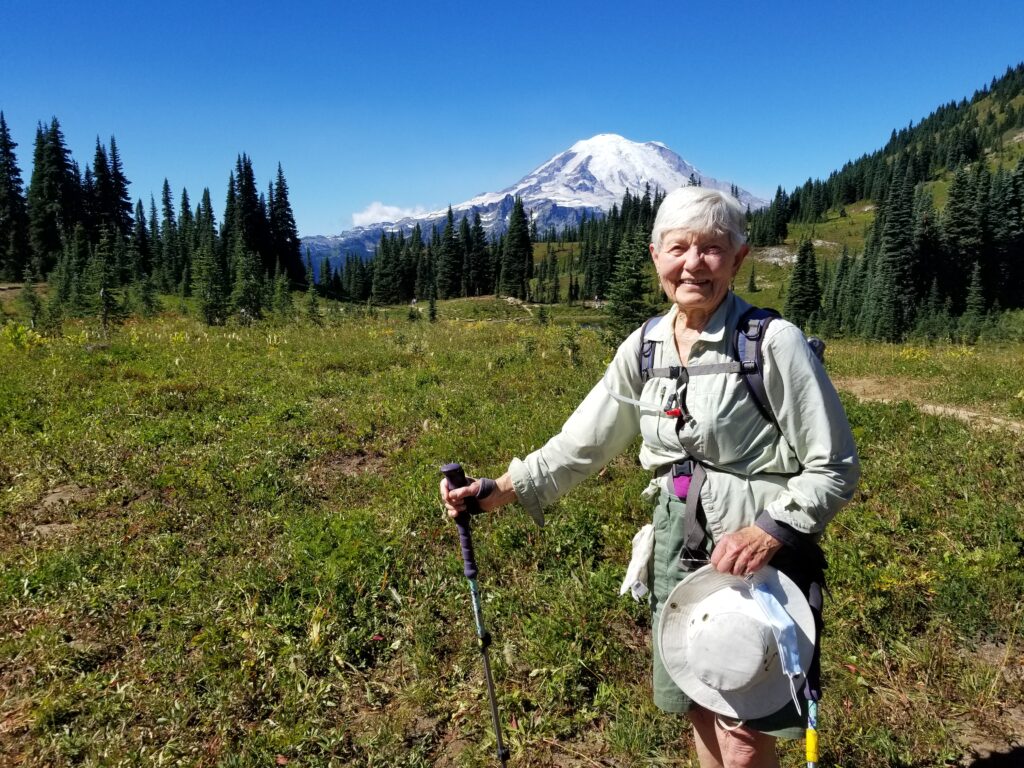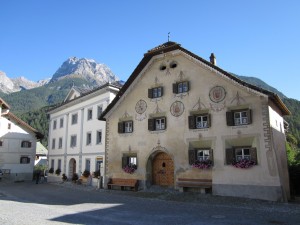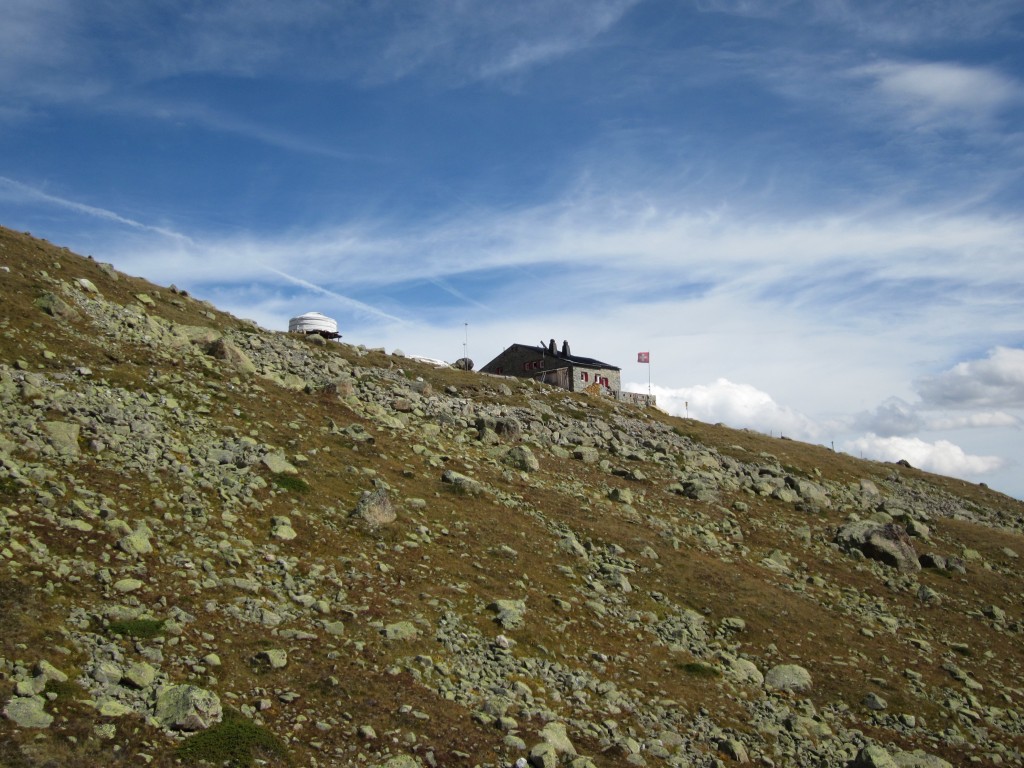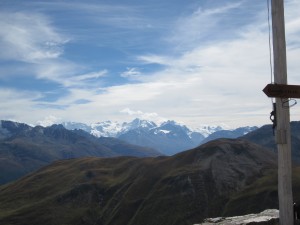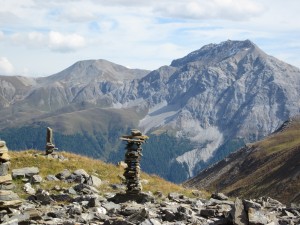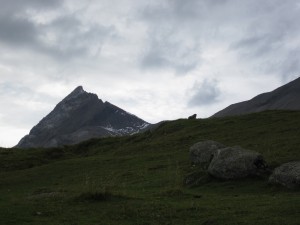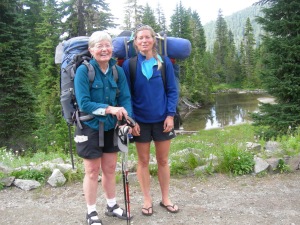(From the Heart is below, plus info about the new issue of Basic G+ so read on.)
Turmeric Boost from Shaklee is a highly absorbable form of Curcuminoids (they added black pepper to help). Turmeric has been used to reduce inflammation (arthritis), natural pain relief, joint pain relief, heart health, clearing brain fog and more. Perhaps you have been using Turmeric in cooking and supplementing with it for these very reasons. Here’s some good information about Turmeric and why you might want to try Shaklee’s version. Switching brands often makes a huge difference.
What is turmeric? What are curcuminoids? And what is curcumin?
Turmeric, curcuminoids, and curcumin are not interchangeable terms. Turmeric is a distinctive yellow spice that’s part of the ginger family and has been used for 4,000 years in cooking and medicinal uses. The family of active compounds in turmeric is called curcuminoids. The primary curcuminoid found in turmeric is called curcumin, and this is where turmeric’s powerful benefits come from. Curcumin is well-known for its powerful antioxidant properties.
What’s the difference between turmeric root and turmeric extract?
Curcumin is found in the root of the turmeric plant but only comprises a small amount of the turmeric root; an average turmeric root contains less than 5% curcumin, and this amount varies from turmeric root to turmeric root. On the other hand, turmeric extracts are made by extracting curcumin from the turmeric root and are standardized to contain concentrated amounts of curcumin. Turmeric Boost includes 500 mg of turmeric extract standardized to contain 95% curcuminoids.
Why is black pepper extract included in the formula?
Because curcumin has been found to have relatively low absorption, Turmeric Boost contains 5 mg black pepper extract (Piper nigrum), a key ingredient that enhances curcumin absorption and increases bioavailability.
Can Turmeric Boost be taken any time of day?
Turmeric Boost can be taken any time of day but should be taken with a meal or shake.
Is Turmeric Boost vegan?
Yes. Turmeric Boost is great for people that eat a vegan diet.
Is Turmeric Boost Kosher?
Yes. Turmeric Boost is Star-K Kosher certified.
Is there anyone who should NOT take Turmeric Boost?
Turmeric Boost is not intended for use by children or by women who are pregnant or breastfeeding. Please consult your physician if you are on medication, pregnant, breast-feeding, or under the age of 18.
Turmeric Extract
Turmeric has long been used for inflammatory conditions and liver support.
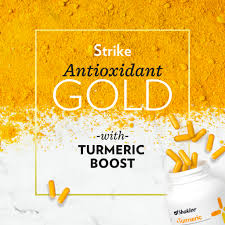
Turmeric references so you can look them up yourself!
Basic G+
Shaklee’s response to the pandemic was to re-introduce Basic G (+) in twice the concentration. A new Basic G+ spray bottle gives better instructions on mixing and usage.
WHAT MAKES BASIC-G+™ SPECIAL
1.Disinfects in 5 minutes.* That’s 50% faster than the previous formula.
2.Works on bacteria, fungi, and viruses in kitchens**, bathrooms, and pet areas.
3.Highly concentrated and economical. One 16-oz. a bottle makes up to 32 gallons of cleaning solution. *See label for complete directions. **
Basic-G+ Germicide is a highly concentrated formula and should be kept out of reach of children.
Food contact surfaces must be thoroughly rinsed with potable water after use. Note: It is a violation of Federal law to use Basic-G+ in a manner inconsistent with its labeling.
You add the water, which means:
•Fewer plastic bottles
•Less energy used for shipping
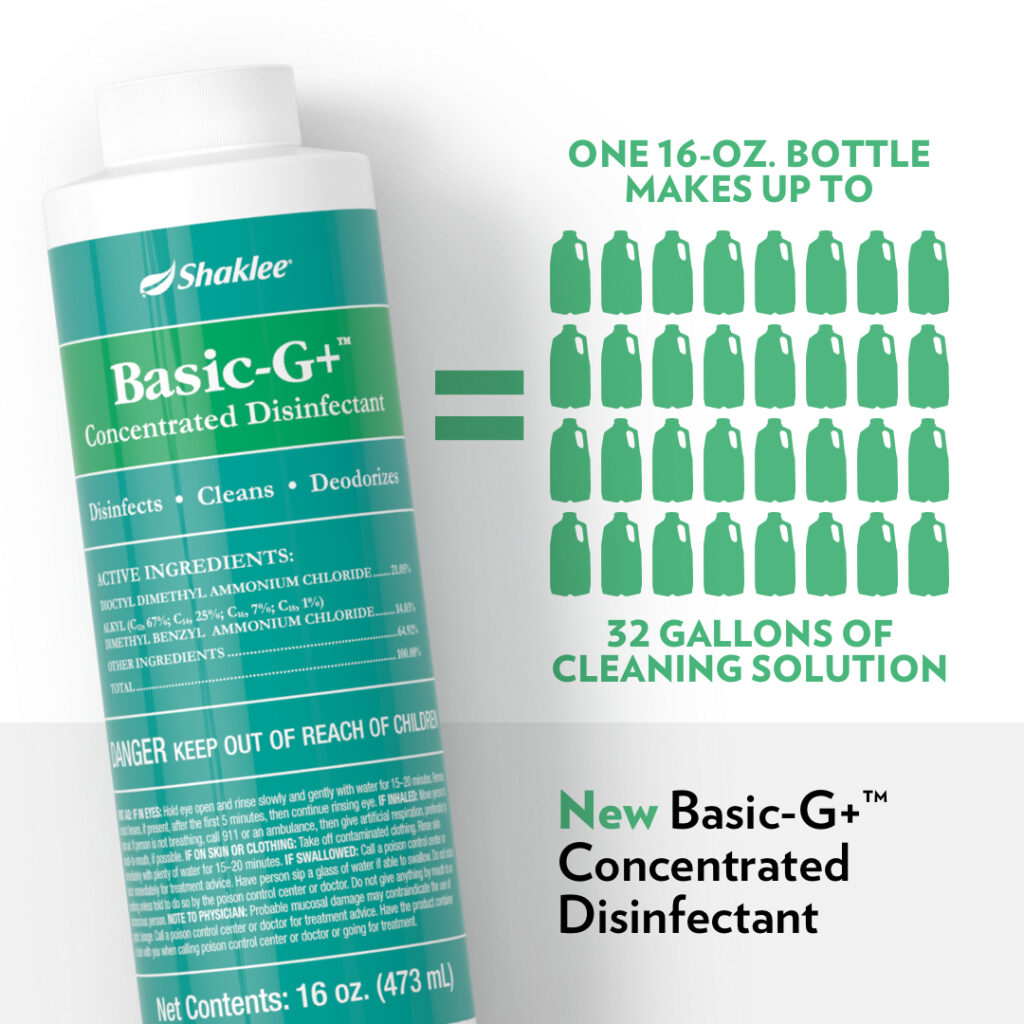
At Shaklee, we are committed to innovating through science and looking to nature for the answers that can provide healthier lives. We ensure the highest quality and safety standards – conducting over 100,000 quality tests per year to ensure our products are safe.
The new item code for Basic G+ is 00527. The spray bottle is 50531.
From the Heart….
The end of summer is anti-climactic. There is no fall trip to look forward to, no big adventures to report. In fact, my birthday August 2nd, normally swarming with hugging family members, was a weird mini-series of 5 – 7 close relatives outside and masked. At one such event, I was exposed to the Covid-19 virus. My youngest grandson tested positive as did his father. Two test and days later, I am healthy.
I added two young hens to my coop when the Old Lady, Daisy, died at 12 and Goldie wouldn’t be happy living alone. We all seem to need companionship. Happily, my granddaughter, Cami Killorin, is living in my back bedroom, playing fabulous tunes every day in preparation for issuing her first singer/song-writer album. She and I ran away to the Cascades and slept on the ground in our sleeping bags a couple of nights when it was soooo hot in Seattle. There were very few people. We sat by the fire and sang songs, watched an owl sail through the dense forest, walked logs and read by the roaring Troublesome Creek.
I hope you are doing well and not going crazy with the solitude, the news, and inactivity. I am hopeful that the continued attention being paid to the economic and justice disparity between Whites and POC is slowly changing systems. If you don’t have a person of color to talk to about how they live their lives on a daily basis, I suggest you make an effort to meet one or two and listen to their stories. Our Episcopal congregation (155 participants) has been reading and listening to podcasts, interviews and books to better understand the background, then meeting to discuss via zoom.
I am shocked. I’ll leave it at that. I try not to get all my information from media which seems a bit biased on both sides. The persons of color themselves speak to me in their own voices. It is powerful. As a White woman, these stories have been invisible to me, with a few minor exceptions. I did grow up in a Jim Crow town in Oklahoma but didn’t know what the Black families’ lives were like. I didn’t know any Black children until my senior year in high school, through Girl Scouts.
Useful media: www.fb.com/betsybellshealth4U for a live health tip every Thursday at 8:30 PDT. Under 10 minutes.
www.HiHoHealth.com my personal shopping website with Shaklee.
Be well, Do well and Keep Moving, Betsy
